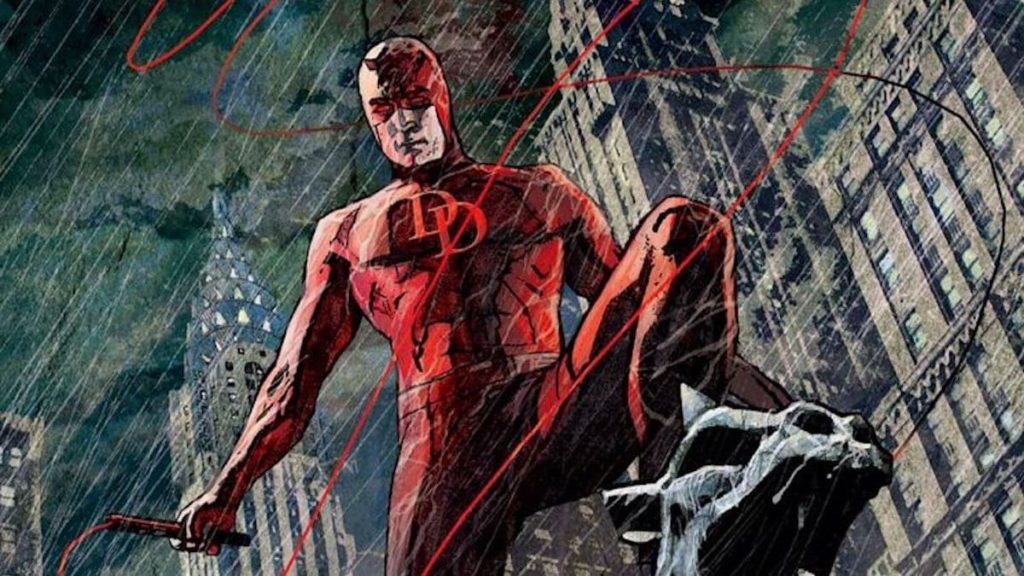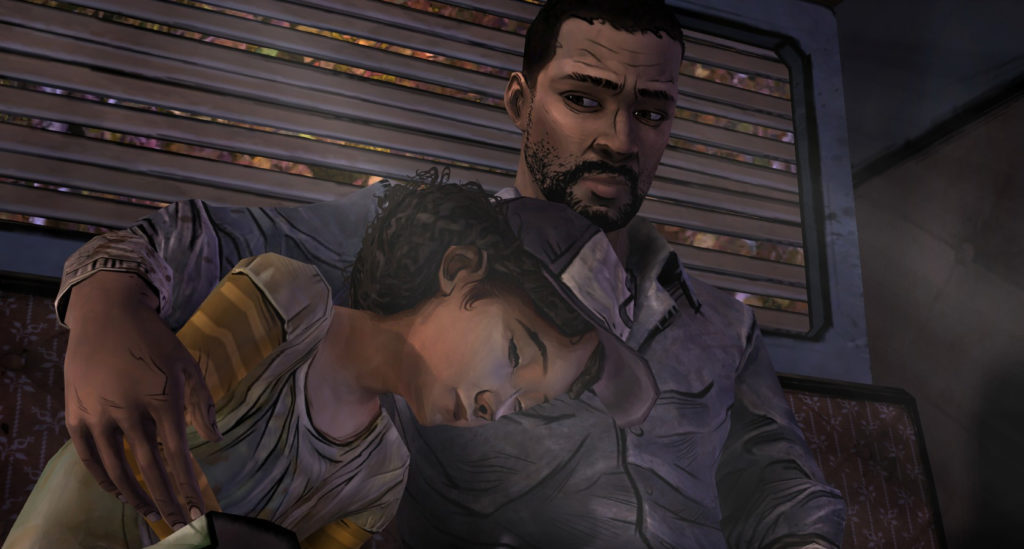
Writing a relatable character requires more than just physical attributes or actions. As Orson Scott Card, author of Ender’s Game, said, “The hero of a story is always in conflict with something; otherwise, he or she wouldn’t be interesting.” Lois Lowry, author of The Giver, also recognizes the importance of a character’s inner self, stating, “The most important thing about a character is not how she looks or what she says, but who she is inside.” These emphasize the significance of a character’s inner struggle in creating a compelling and relatable protagonist.
When I first picked up the Daredevil comics, I was immediately drawn to the character’s internal struggles. As a Muslim, the struggle of faith and questioning why God would allow certain things to happen in one’s life is a very relatable theme. Daredevil, being a Catholic, also struggled with these same questions throughout the comics. His inner turmoil and grappling with his faith made him more relatable and human to me, and allowed me to connect with him on a deeper level. I saw him work through these struggles and grow stronger in his faith and convictions, which was inspiring to me. This made me realize the importance of incorporating internal struggles in creating a relatable character, as it can help readers connect with the character on a more personal level.

Relatable characters are often those who go through an internal struggle, a challenge that tests their beliefs, values, and morals. Here are some ways a character can go through an internal struggle:
- Conflicting values: When a character’s values are in conflict with one another, it creates an internal struggle that can drive the story.
Example: In Metal Gear Solid 3, the protagonist Snake is sent on a mission to assassinate his former mentor, who he once regarded as a friend and parental figure. Snake’s values of loyalty and duty to his country are in conflict with his deep respect and admiration for his mentor. - Self-doubt: Characters who struggle with self-doubt can be compelling, as the audience roots for them to overcome their doubts and achieve their goals.
Example: In Harry Potter and the Chamber of Secrets, Harry struggles with self-doubt and questioning his own abilities throughout the book, leading him to question whether he is truly the “Chosen One” and causing tension with his friends. - Temptation: Characters who are tempted by something that conflicts with their goals or values can create an internal struggle.
Example: In The Lord of the Rings, Frodo is tempted by the power of the One Ring, which could potentially save Middle Earth, but also goes against his values of preserving life and not succumbing to the will of the enemy. - Moral dilemma: Characters who are faced with a moral dilemma can struggle internally to make the right decision.
Example: In The Dark Knight, Batman had to decide between saving Rachel or Harvey Dent. Both choices lead to a loss. The character may have to weigh the consequences of their actions and make a difficult decision between two morally ambiguous choices. - Fear: Characters who are struggling with fear can create a compelling internal struggle.
Example: In the movie Gravity, the main character, Dr. Ryan Stone, is afraid of space but must overcome her fear to save herself and return to Earth. The character may have to confront their fears in order to achieve their goals. - Guilt: Characters who are struggling with guilt can create a compelling internal struggle.
Example: In the Walking Dead game by Telltale, Lee faces a significant internal struggle of guilt after he accidentally kills a U.S. Senator who had turned into a zombie. Lee’s guilt over his actions and the consequences that follow impact his relationship with other characters, as he struggles to come to terms with his actions and make amends. This internal struggle adds depth to Lee’s character and creates a compelling story arc for the player to follow.

In conclusion, it is essential to remember that readers connect with characters who go through trials and tribulations, who suffer and struggle. As J.K. Rowling, the acclaimed author of the Harry Potter series, once said, “Characters who go through trials and tribulations, who suffer and struggle, are the ones who are most interesting to readers.” With her own iconic characters, Rowling showed the power of creating multidimensional, relatable characters who struggle internally and grow over time. For writers who wish to create compelling stories, it is crucial to delve into their character’s inner turmoil to create a character that resonates with readers. By focusing on creating a relatable character through their internal struggle, writers can craft a captivating story that will stand the test of time.
Beware is a 2D platformer game inspired by classic games like Donkey Kong Country, featuring a story-driven experience. The game follows a main character confronting a new bully in town, and players will experience the character’s internal struggles and self-reflection throughout the game. Add Beware to your Steam wishlist and experience a captivating story with a relatable character.
